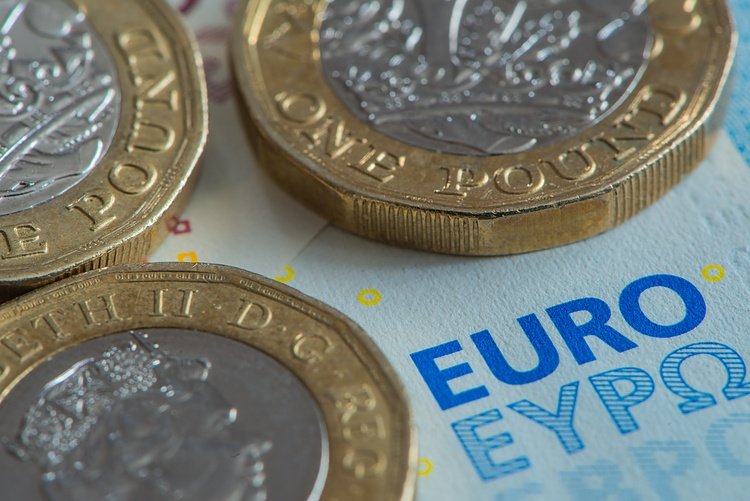The British pound sterling (GBP) soared past the 1.2800 mark against the US dollar (USD) during Tuesday’s North American trading session, reaching a fresh weekly high. The GBP/USD pair’s rise was driven by a weaker US dollar following the release of softer-than-expected US Producer Price Index (PPI) data for July, coupled with a surprising drop in the United Kingdom’s (UK) unemployment rate for the three months ending in June. The US Dollar Index (DXY), which measures the greenback’s value against six major currencies, plummeted below the critical support level of 103.00.


The PPI report revealed that annual producer inflation in the US rose by 2.2%, falling short of the anticipated 2.3% and significantly lower than June’s upwardly revised 2.7%. Similarly, the core PPI, which excludes volatile food and energy prices, decelerated to 2.4%, missing the expected 2.7% and down from the previous 3%. The slower pace of price increases at the factory level suggests that either input prices have eased or that the Federal Reserve’s (Fed) higher interest rates have significantly dampened household spending. This soft PPI data has heightened expectations of a substantial interest rate cut by the Fed in September.
According to the CME FedWatch tool, the probability of a 50 basis points (bps) rate reduction in September has risen to 54.5%, up from 49.5% after the PPI report but still below the 68% likelihood recorded a week ago.
The next key event for the US Dollar is the release of the US Consumer Price Index (CPI) data for July, scheduled for Wednesday. The CPI report is expected to show a 0.2% month-on-month increase in both headline and core inflation. On an annual basis, headline and core CPI are anticipated to have slightly decelerated to 2.9% and 3.2%, respectively. A further decline in US inflation could reinforce expectations of a significant rate cut by the Fed.
Trade Idea:
Consider a long position in GBP/USD with a target of 1.2850, capitalizing on the weaker US inflation data and potential Fed rate cut. To manage downside risks, a stop-loss at 1.2770 can be set.







